It’s fair to say business in the UK has had a rather uncertain start to 2019. A lack of clarity over Brexit has had a chilling effect on the economy, and it is also unclear what impact it will have after 29th March.
The impulse of business owners and directors might be to scale back marketing efforts in the face of more challenging conditions, but reducing the opportunity for developing new business isn’t the answer. It is more important than ever that B2B organisations maximise lead generation.
With this in mind, we’ve put together a list of the top tips for successful B2B lead generation that we’re recommending to our own clients.
Stop avoiding LinkedIn advertising
I know, I know—LinkedIn is an expensive ad platform. It’s a common objection, and an objection I’ve probably even made myself.
A recent LinkedIn campaign we ran saw an average CPC of £3.77, while one of our ongoing Facebook campaigns (advertising to a cold audience) saw an average CPC of £0.18.
That’s a massive difference, so why not just focus your efforts on Facebook? The answer is simple: targeting.
If you’re a B2B organisation your target buyer personas will be defined, first and foremost, by the industry they work in and their job details—job title, seniority, professional skill set, etc.
LinkedIn is second-to-none for reaching professionals, allowing you to narrow your targeting down to industry, job role, group memberships and even the company they work for.
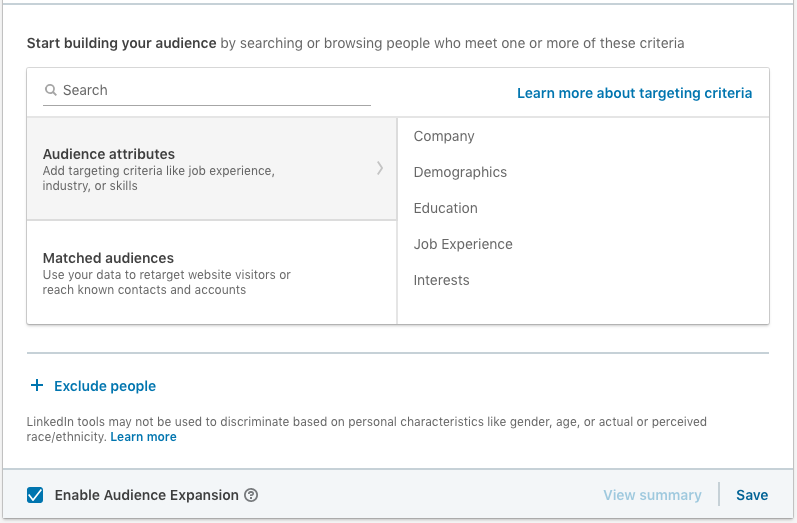
Sure, the leads from LinkedIn will cost more to acquire, but the opportunity to leverage this degree of specificity makes it more than worth it.
Use Facebook for remarketing
While we wouldn’t recommend using Facebook for reaching ‘cold’ audiences (the career-related targeting simply isn’t reliable enough), it is ideal for remarketing to people who have already visited your website, read a blog post or downloaded a lead magnet.
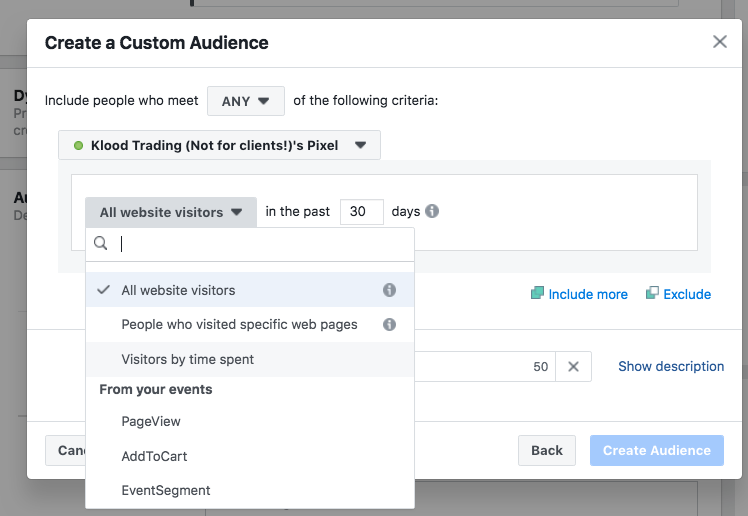
You can create a campaign for all of your previous website visitors, based on custom events or visits to specific pages. For example, you could easily create a campaign targeting users who have visited a landing page but did not fill in the form:
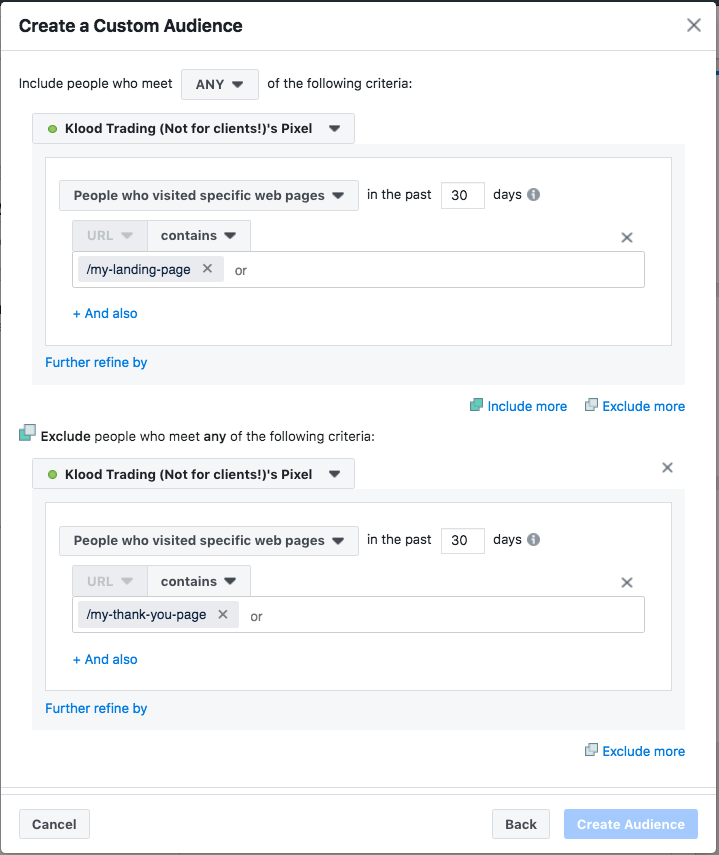
The above campaign would identify people who visited the landing page but did not go onto the thank you page (which they would’ve done if they’d completed the form).
This is a powerful strategy which combines the relatively low cost of Facebook advertising with the specificity of your website visitors.
Prioritise fixing conversion over more traffic
If you’re not meeting your lead targets, it can be tempting to throw more money at the problem, increasing your ad activity in order to drive more website traffic.
While this will probably deliver more leads, it’s a long way from the most efficient strategy.
Before increasing your ad budgets, make sure you’re making the most of the traffic you’re already getting. Just as you wouldn’t pour more money into a leaky bucket, you shouldn’t send more traffic to a website that isn’t converting.
So what should you be looking at in order to improve that conversion rate?
Landing pages
These are your highest value pages, so you should focus a lot of energy into making sure they are as effective as possible.
Look at all of the pages that are intended to generate leads—content offer landing pages, your contact page and other enquiry-led pages—and add them into a spreadsheet.

By examining the success of each page, you can start to uncover how to prioritise your conversion rate optimisation.
In the example above, we can see that the Decision stage lead magnet for Campaign 2 has an impressive lead-to-customer conversion rate of 40%, but the visitor-to-lead conversion rate is holding back this landing page’s potential.
If you’re seeing a poor lead-to-customer conversion rate, you need to look at your marketing nurtures and sales follow-ups.
Forms
When you’re seeing poor conversion rates on your website, some of the first things to look at are your forms.
Conventional wisdom goes: the longer the form, the worse your conversion rate.
Although it’s true that by asking for an unnecessary level of detail from people (or not offering enough value in exchange for that level of detail) will have a negative impact, it’s not true that more fields automatically means lower conversion.
Last year, Venture Harbour looked at five case studies of different form lengths, and uncovered some interesting results that challenged the idea long forms always kill conversion.
Our advice would be to test form length, rather than assume you should cut as many fields from your forms as possible, particularly for high-value offers.
Tip: Require a form with lots of fields? Split the form over multiple ‘steps’, spread out over different sections of the sign-up process.
Calls-to-action
Don’t just look at the landing pages themselves, but the calls-to-action intended to drive traffic to those pages, too.

HubSpot, for example, will show you the performance metrics of your CTAs (see above) which can help you to identify buttons that are working and those that aren’t.
If you don’t have access to software like HubSpot, you can check manually. Google Analytics can tell you how many sessions a certain web page has had, and how many of those sessions clicked through to the landing page. It’s then a simple case of working out the click-through rate on each page, and overall for that CTA.
HotJar
When looking to conduct conversion rate optimisation, investing CRO software can make a big difference.
Here at SpotDev we use HotJar, a SaaS product enables the monitoring of heat maps, scroll depth and even the recording of individual user’s sessions.
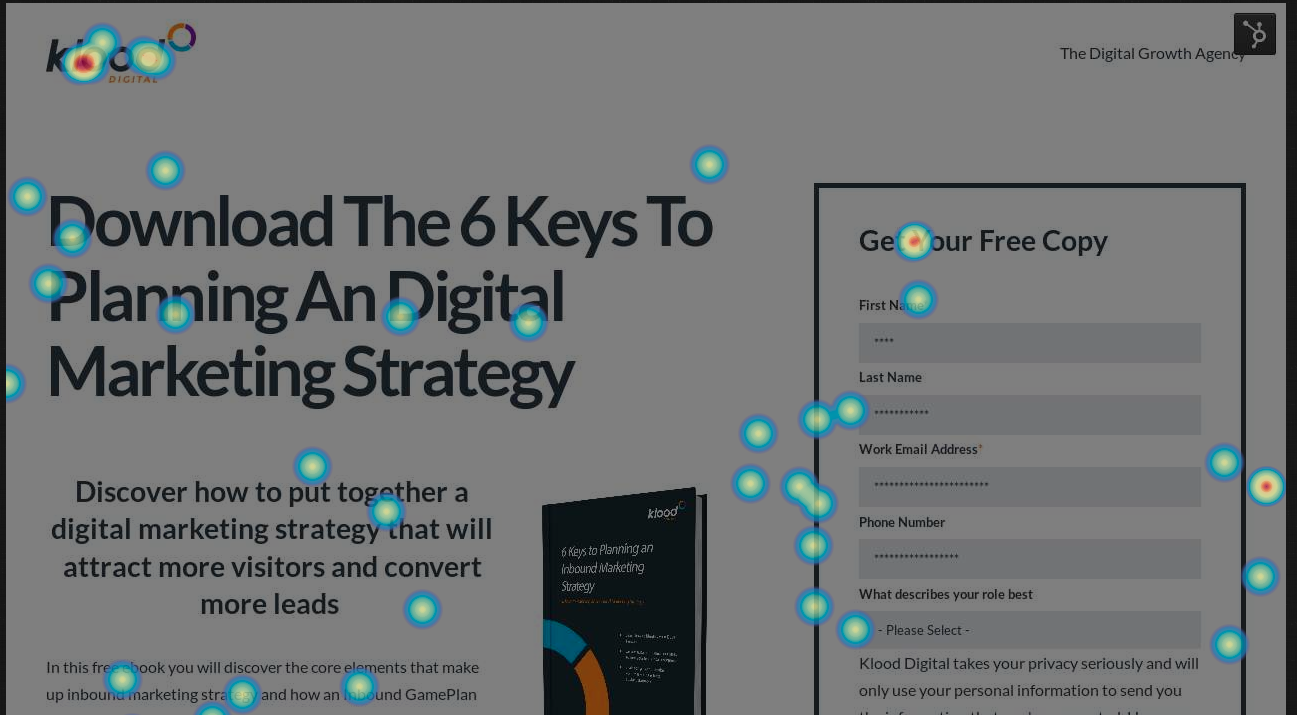 A click map in HotJar
A click map in HotJar
 Measuring scroll depth in HotJar
Measuring scroll depth in HotJar
CRO software can provide data-driven insights, informing decision-making, rather than relying on assumptions as to what elements of a page need work.
Test all high-value pages for mobile responsiveness
Most modern websites are designed with mobile devices in mind. After all, more and more web traffic is originating from smartphones or tablets.
However, even if you believe your website is mobile-friendly, make sure you test your high-value pages on different devices and browsers. You can do this using Google’s mobile-friendly test or something like Browserstack, but to be sure I’d recommend actually opening the page on a real smartphone / tablet.
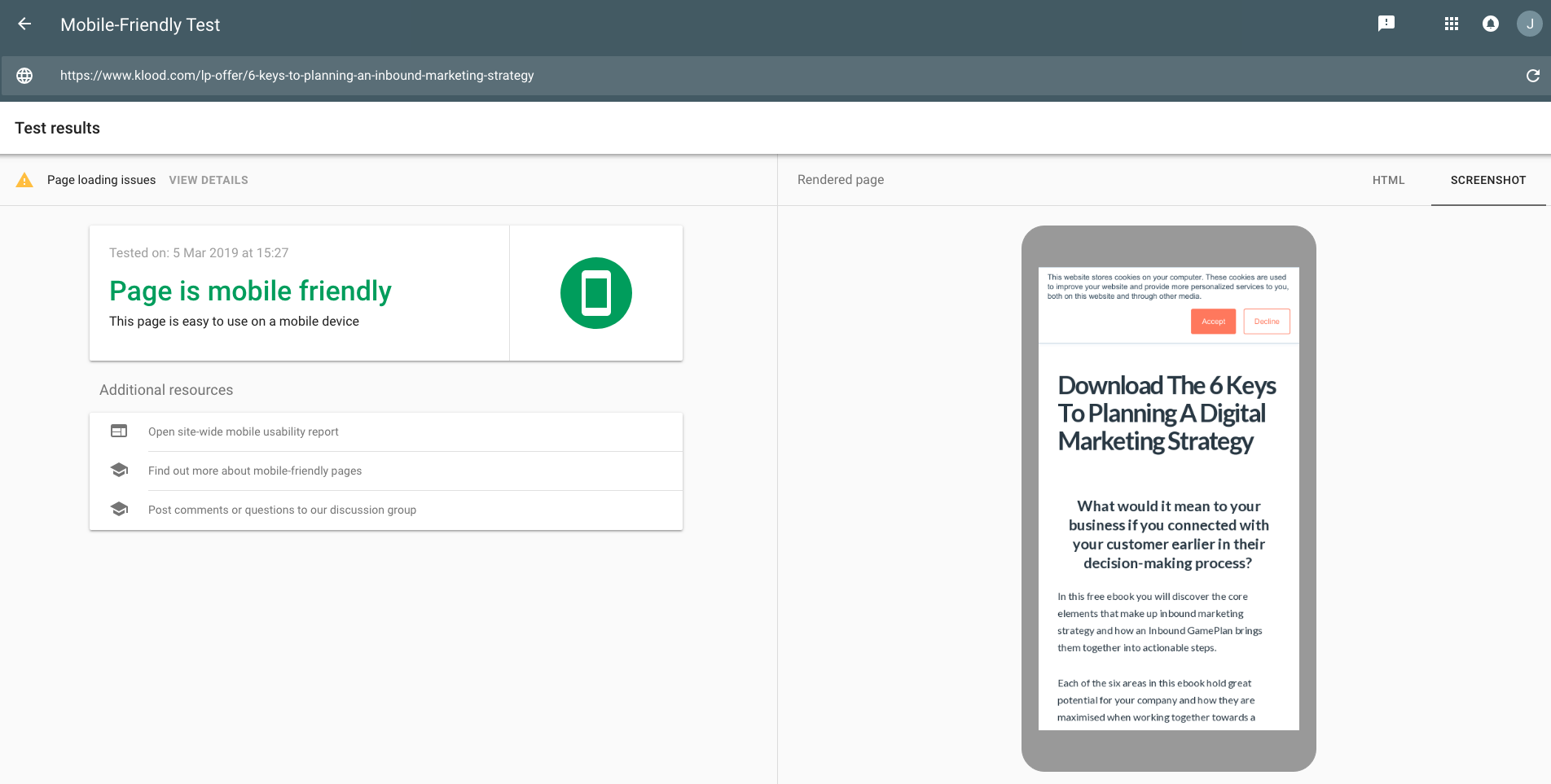 Google’s Mobile-friendly Test feature is useful, but don’t rely on it.
Google’s Mobile-friendly Test feature is useful, but don’t rely on it.
Live chat
In 2019, consumers don’t want to have to wait days for a reply to their email enquiry, or have to call and speak to you.
Live chat is now the contact method of choice online:
- 73% of customers find live chat to be the most satisfying way of communicating with a business.
- 42% of customers favour live chat over any other lead generation method.
- 44% of online consumers say the most important feature a site can offer is answering questions during an online purchase.
We introduced a live chat functionality last year, and it’s enabled us to answer user queries faster than ever before, but you need a team on hand to answer those questions.

If you don’t have the manpower to provide a 24/7 chat service on your website, consider implementing a chat bot. While a bot won’t be able to answer every question a web visitor may ask, you can at least point them in the right direction for those that are most common.
With a chatbot you can either direct users to landing pages and lead magnets that will help answer their questions, or take their details directly in the chat window.
Check out the five of the best chatbots for marketers in this article from Digital 22.
Video testimonials
We’re really excited about video content in 2019, and we’re constantly looking at new ways to use this medium for ourselves and our clients.
Creating video testimonials and case studies is a great tactic for generating B2B leads, especially on decision stage content landing pages when the user is most likely to want to hear from your happy customers.
There are a number of statistics that support the use of video in your marketing:
- Users spend on average 88% more time on a website with video. (Source: Mist Media)
- Having video on the landing page of your site makes it 53% more likely to show up on page 1 of Google. (Source: Mist Media)
- 59% of executives would rather watch video than read text. (Source: Forbes)
- Landing pages with video have up to 800% more conversion than the same page without a video. (Source: Orion 21)
Video testimonials add much-needed credibility to those decision stage claims and are inherently more trustworthy and engaging than a basic written review.
Interested in finding out more about how to supercharge your B2B lead generation? Click below.
Stay Updated with Our Latest Insights
Get expert HubSpot tips and integration strategies delivered to your inbox.



